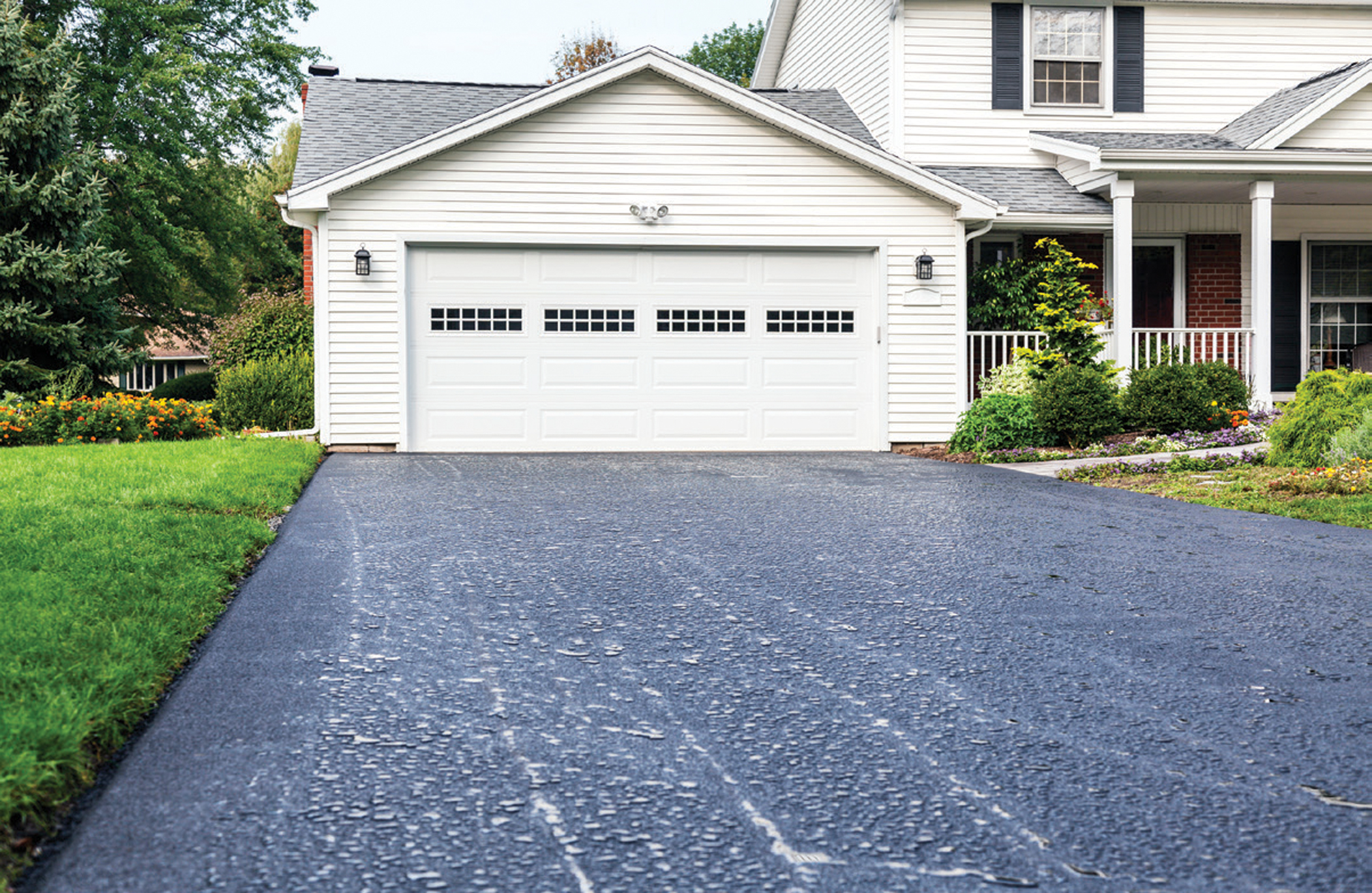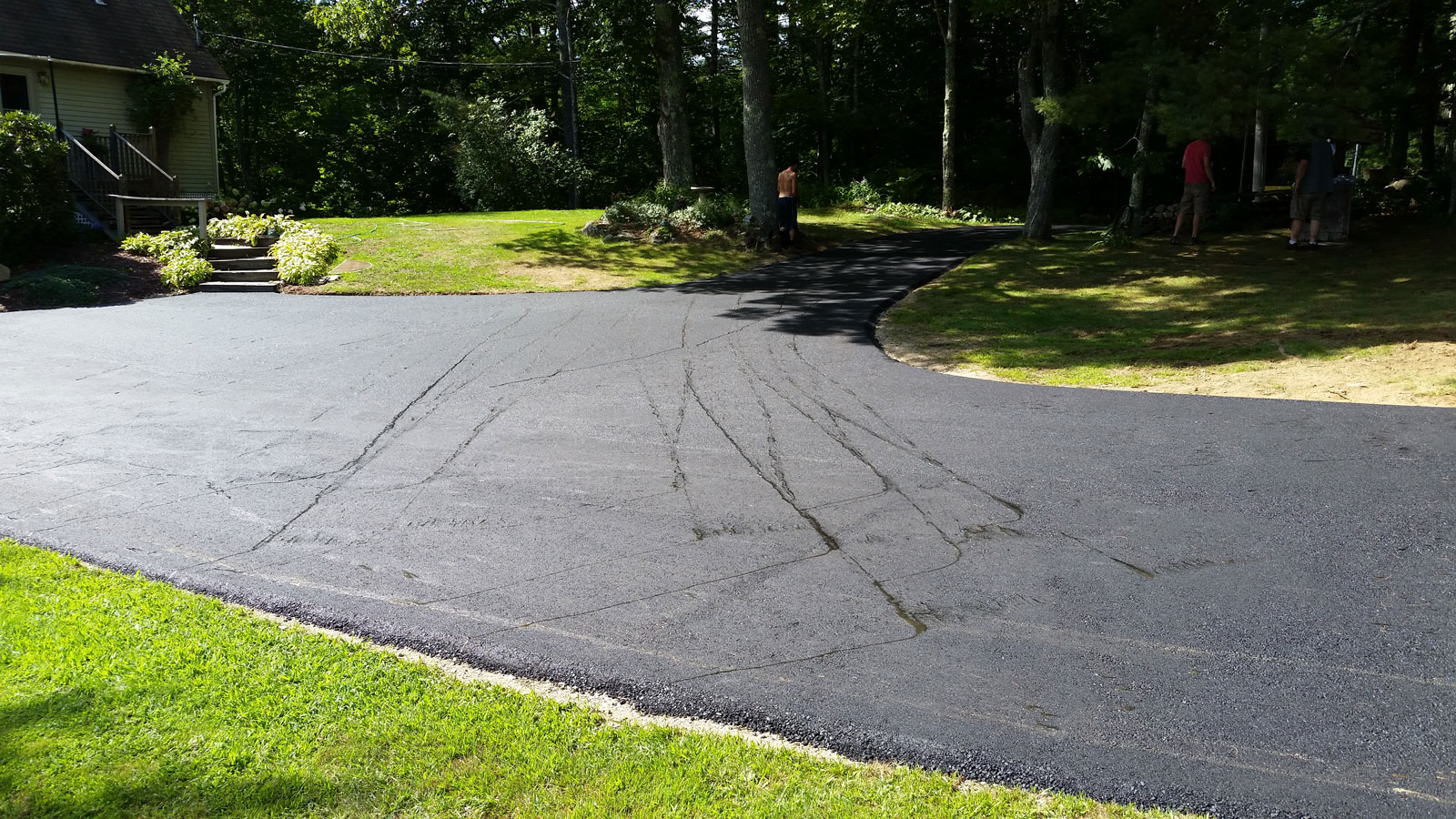Maximize Toughness: Hot Mix Asphalt Sealing for Angled Parking Frameworks
Maximize Toughness: Hot Mix Asphalt Sealing for Angled Parking Frameworks
Blog Article
Hot Mix Asphalt: A Sustainable Option for Pavement
Warm Mix Asphalt (HMA) has arised as a leading sustainable option for sidewalk options, supplying a myriad of innovative innovations and ecological advantages. Its ability to reduce and recycle materials energy usage presents a compelling instance for its fostering in road building and construction jobs. Furthermore, the long-lasting performance and durability of HMA make it a preferred alternative for facilities development. As the need for eco-friendly construction techniques grows, exploring the nuances of HMA's sustainability can give important understandings into the future of pavement services.
Environmental Advantages of Hot Mix Asphalt

Furthermore, Warm Mix Asphalt aids to mitigate urban warm island results. Its dark color takes in sunshine, lowering the amount of warmth mirrored back into the environment contrasted to lighter-colored pavements. This can decrease ambient temperature levels in metropolitan locations, reducing the demand for cooling and ultimately decreasing power consumption.
Furthermore, Warm Mix Asphalt contributes to enhanced stormwater administration. Its porous nature allows water to penetrate the sidewalk and charge groundwater materials, minimizing runoff and the threat of flooding. These ecological benefits make Hot Mix Asphalt a lasting choice for paving freeways and roadways.
Power Efficiency in HMA Manufacturing
Is power efficiency an essential element in the manufacturing of Hot Mix Asphalt (HMA)? Power plays a significant role in the manufacturing of HMA, impacting both price and ecological sustainability. One vital aspect of power efficiency in HMA manufacturing is the use of cozy mix asphalt (WMA) modern technologies.
In addition, developments in plant innovations have actually resulted in even more energy-efficient HMA manufacturing processes. Modern plants are designed with features like recycled asphalt sidewalk (RAP) processing capacities, effective heater systems, and enhanced insulation, all adding to power cost savings. By enhancing power use in HMA manufacturing, the market can reduce its carbon footprint while maintaining high-quality pavement materials. Power efficiency is, therefore, a critical factor to consider in making sure the sustainability of Warm Mix Asphalt production.
Recyclability of Hot Mix Asphalt
The recyclability of Warm Mix Asphalt (HMA) is a crucial element of its sustainability and long-term environmental influence. HMA is among one of the most recycled materials in the United States, with over 100 million lots of redeemed asphalt sidewalk (RAP) being reused each year in new sidewalk building. Reusing HMA uses a number of ecological advantages, such as lowering the need for virgin products, reducing energy usage during production, and lowering the quantity of waste sent out to land fills.
The procedure of reusing HMA includes crushing the existing sidewalk, crushing it right into smaller sized pieces, and mixing it with new aggregate and asphalt binder to produce a recycled mix. This recycled mix can often perform as well as and even much better than traditional HMA, while calling for less resources and generating lower greenhouse gas exhausts. By including RAP right into brand-new pavement tasks, road firms can save natural deposits, lower costs, and reduce the ecological footprint of road building and construction and maintenance activities. Generally, the recyclability of HMA plays a considerable duty in promoting sustainable practices within the pavement industry.

Long-Term Performance of HMA
Asphalt pavements demonstrate toughness and durability over a prolonged period, reflecting the long-lasting performance of Hot Mix Asphalt (HMA) The long life of HMA can be connected to its capacity to endure hefty web traffic lots, harsh weather, and the impacts of aging. Studies have actually revealed that properly designed and properly constructed HMA pavements can last for 20 years or more with regular upkeep. The key to making you can find out more best use of the lasting performance of HMA depends on utilizing premium products, adhering to ideal methods in building and construction, and implementing efficient upkeep methods. Correct drainage, routine assessments, and prompt repairs are important for preserving the architectural stability of HMA sidewalks over time. In addition, innovations in HMA technology, such as making use of polymer-modified binders and warm mix asphalt, have actually better improved the sturdiness and longevity of HMA pavements. By prioritizing top quality building and upkeep practices, HMA continues to verify itself as a economical and sustainable remedy for long-lasting pavement infrastructure.

HMA: Longevity and Sustainability
Demonstrating both resilience and sustainability, Warm Mix Asphalt (HMA) has become a foundation in the building of durable pavement infrastructures - commercial parking lot paving. HMA's toughness comes from its capability to endure heavy loads, severe weather condition conditions, and high traffic quantities, making it a trustworthy option for highways, highways, and airport terminal runways. The composition of HMA, which generally includes aggregates, binder, and filler, plays an essential function in boosting its durability and resistance to tear and use
Additionally, HMA's sustainability depends on its recyclability and energy-efficient manufacturing process. The ability to recycle reclaimed asphalt pavement (RAP) in new HMA mixtures minimizes the need for virgin products and decreases the environmental influence of sidewalk building and upkeep. Furthermore, the energy effectiveness click to read more of producing HMA depends on its lower mixing temperature levels compared to various other sidewalk materials, leading to lowered energy consumption and greenhouse gas discharges.
Conclusion
Finally, warm mix asphalt (HMA) offers a sustainable remedy for sidewalk with its environmentally pleasant characteristics. HMA's recyclability, energy efficiency in production, and long-term resilience make it an environmentally friendly choice why not check here for road building. By saving natural resources, decreasing waste, and lowering greenhouse gas exhausts, HMA plays an important function in advertising sustainability in framework advancement. Its capacity to alleviate urban warmth island results better emphasizes its importance in producing durable and ecologically conscious pavement systems.
HMA is one of the most recycled products in the United States, with over 100 million bunches of reclaimed asphalt pavement (RAP) being recycled annually in new pavement building.The process of reusing HMA entails milling the existing sidewalk, squashing it right into smaller items, and blending it with brand-new accumulation and asphalt binder to develop a recycled mix.Asphalt pavements show durability and resilience over a prolonged period, reflecting the lasting performance of Warm Mix Asphalt (HMA) Additionally, advancements in HMA modern technology, such as the use of polymer-modified binders and warm mix asphalt, have actually even more improved the resilience and durability of HMA sidewalks. The capability to reuse recovered asphalt pavement (RAP) in brand-new HMA mixes lowers the need for virgin materials and decreases the ecological effect of sidewalk construction and upkeep.
Report this page